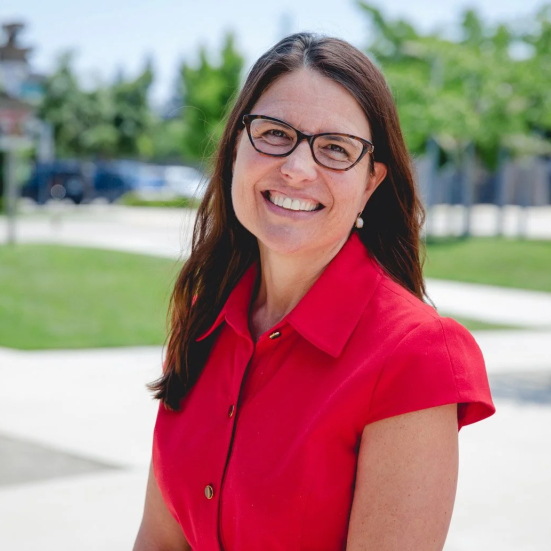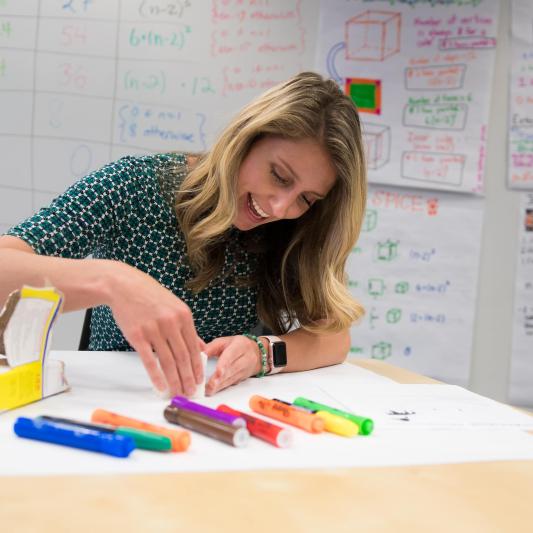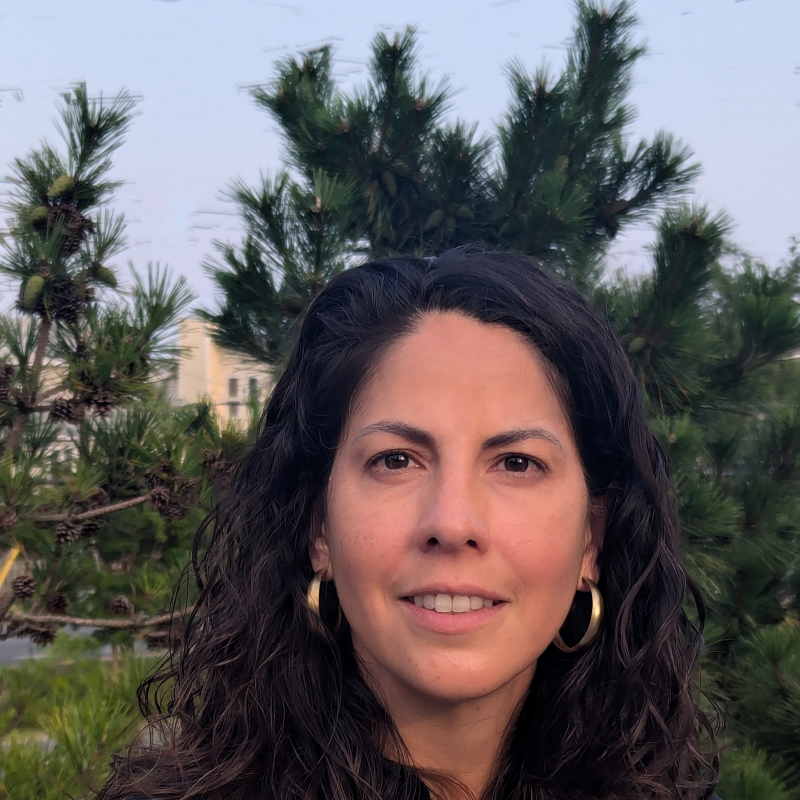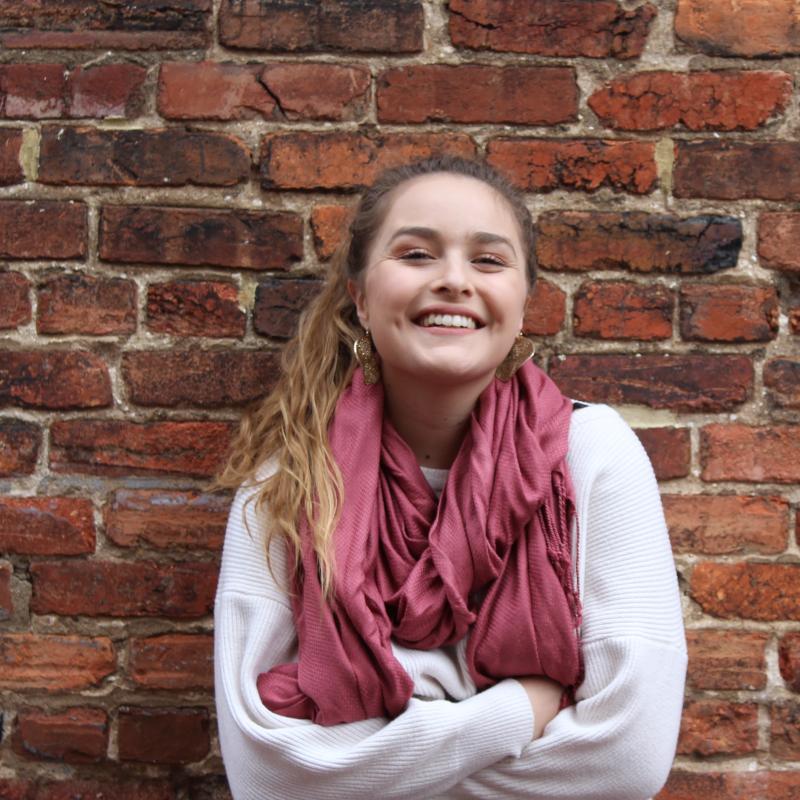
Heather Kirkpatrick
The vision for the teacher preparation program Heather Kirkpatrick established 15 years ago originated when two K-12 principals approached her with a problem: The new teachers who were joining their schools were not equipped for the classroom.
“They had big hearts and minds, but they were not ready to teach,” says Kirkpatrick, who was the chief people officer at the time for Aspire Public Schools, a network of charter schools in California.
At first, Kirkpatrick wasn’t sure how she could help—she was trying to find good teachers, too. But eventually she came up with the idea to pilot a residency master’s degree program, through which prospective teachers earn a teaching credential and master's degree in one year while apprenticing four days a week in the classroom of an expert mentor teacher.
When she spun the program off, founding what became the Alder Graduate School of Education, she promised funders that she would graduate teachers who were fully prepared for the classroom, more likely to stay in the classroom, and more representative of the communities they served.
Kirkpatrick delivered the goods: Today, Alder serves more than 60 public school systems. Most of its students are from underrepresented groups; their retention rates are higher than teachers who do not attend Alder; and 90 percent of principals say that Alder-trained teachers are more effective than their peers in their first and second year of teaching. One funder who declined to support the school initially because she wasn’t active in the education space later seeded an endowment with $10 million.
Kirkpatrick, who earned her doctorate from the GSE in 2000, is one of three recipients of the 2025 Alumni Excellence in Education Award, which will be presented at a ceremony during Reunion Homecoming Weekend on Oct. 17.
A key part of Alder’s model is that the school shares 25 percent of its tuition with its K-12 partners; in return, those schools assign an instructional coach or clinical faculty member to work full time with the student teachers.
“We’re designing something for the user, and the users are the school systems that are hiring the teachers,” she says. “The only way to develop excellent teachers ready to teach was with the school systems as meaningful partners. The sharing of financial resources was a way to build something very intentional.”
Words: Rebecca Beyer



